Not only is this a natural mobilization of the community, but it is also the first positive effect after an important decision of the Politburo : for the first time, directly assigning 4 strong localities to support 4 provinces that are suffering the most damage.
This mechanism creates four connecting pairs: Hanoi - Gia Lai, Hai Phong - Dak Lak, Quang Ninh - Lam Dong, Ho Chi Minh City - Khanh Hoa. This move is in response to the fact that natural disasters due to the impact of climate change have exceeded all old rules, and therefore, the response model must also change. Flash floods only need a few hours to submerge an area; extreme rain can fall a month's worth of rain in one evening; areas once considered safe now have landslides.
The speed and intensity of natural disasters have increased, and national initiatives must be accelerated accordingly. For many years, relief work has relied largely on local forces, the military, the police, and volunteer activities. These efforts are responsible and compassionate, but they are limited: scattered, scattered, lacking coordination, and sometimes late. A rescue team arriving ten minutes early can save an entire family; arriving ten minutes late can leave behind a tragedy.
Therefore, the Politburo ’s direct assignment mechanism is a step towards re-establishing the response model. The four strongest localities are mobilized not only to send goods, but also to bring administrative capacity, logistics systems, large-scale task organization and inter-sectoral coordination capabilities, which are what the flood-hit provinces need in the rescue and recovery phase.
More importantly, in all four local couples, the involvement was immediate, without delay or confusion. Political decisions were immediately transformed into concrete actions, resources were gathered into one axis, and responsibilities were clearly assigned to each focal point. That was the transition from “spontaneous charity” to “organized mechanism”, not only from the hearts but also from operational capacity.
The establishment of the 4-4 mechanism also helps to minimize duplication and dispersion. When each strong locality takes on the responsibility of assisting an affected province, support resources become more concentrated, accountable and supervised.
The special mechanism is the first test of a new governance mindset: responding regionally, supporting clusters, mobilizing according to capacity, and acting with the speed of a country that understands that natural disasters do not wait. When decisions are issued quickly, when responsibilities are clearly assigned, when resources are well organized, we not only help people overcome a flood, but also create the foundation for a more effective response model to natural disasters.
Source: https://www.sggp.org.vn/hieu-ung-tich-cuc-tu-mot-co-che-dac-biet-post825077.html








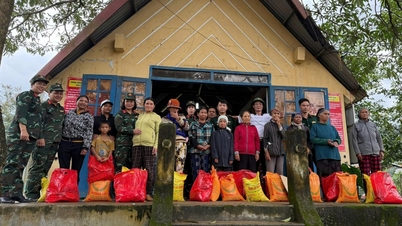




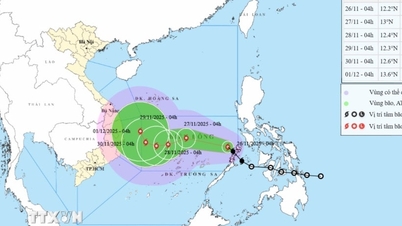

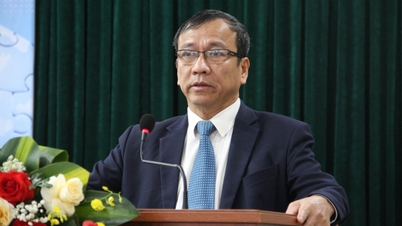

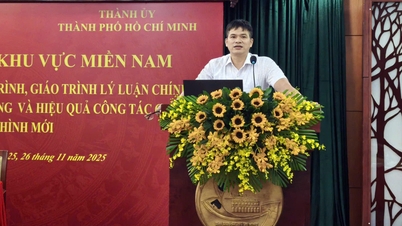

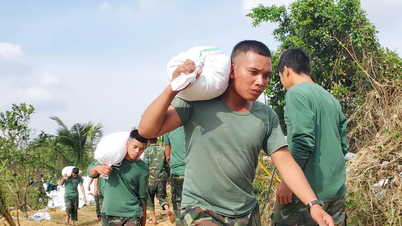
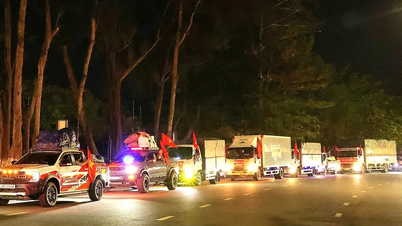

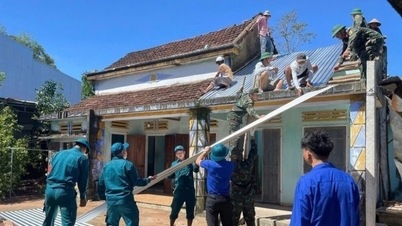

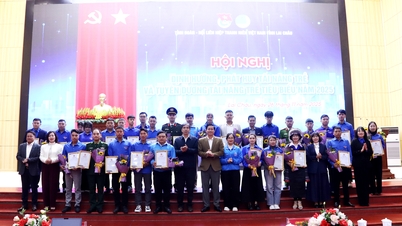









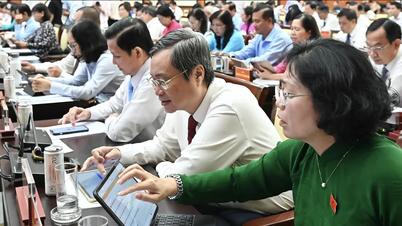


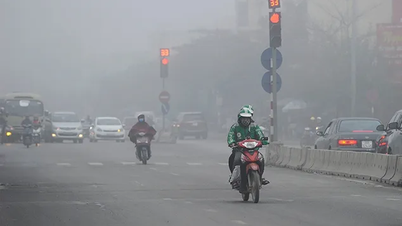

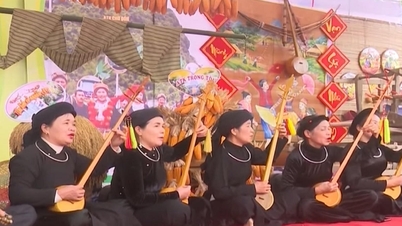



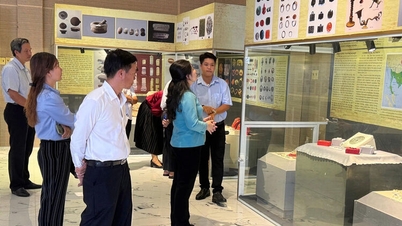



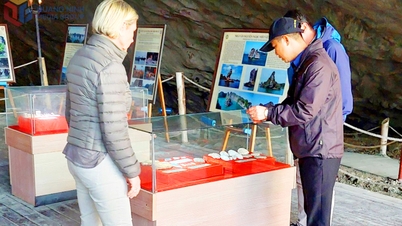









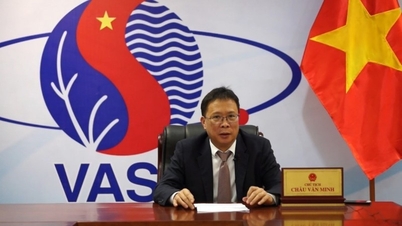



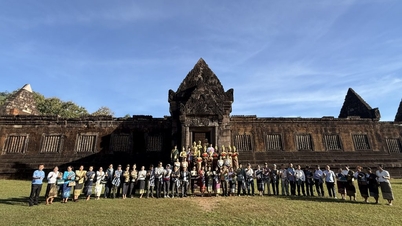

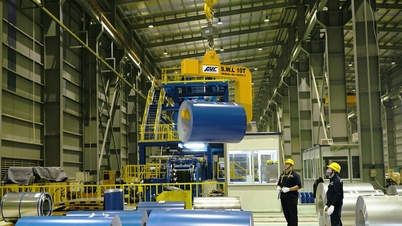

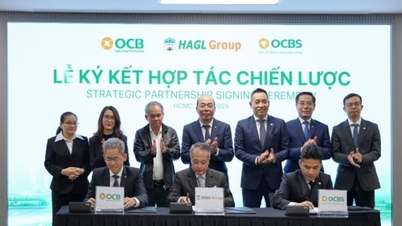















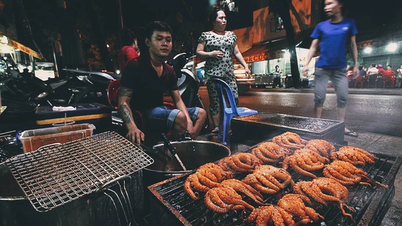
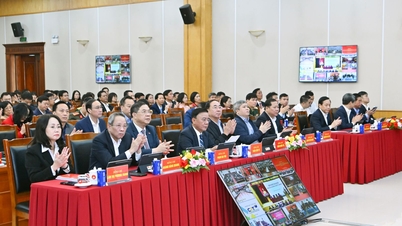


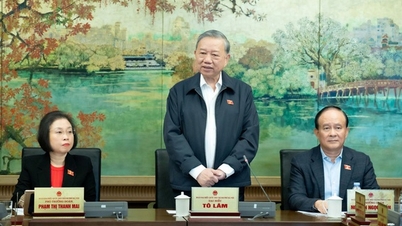
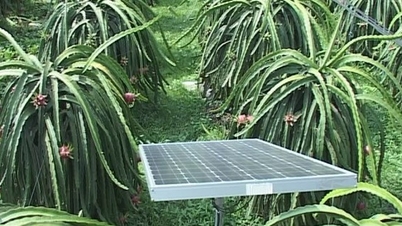

















Comment (0)